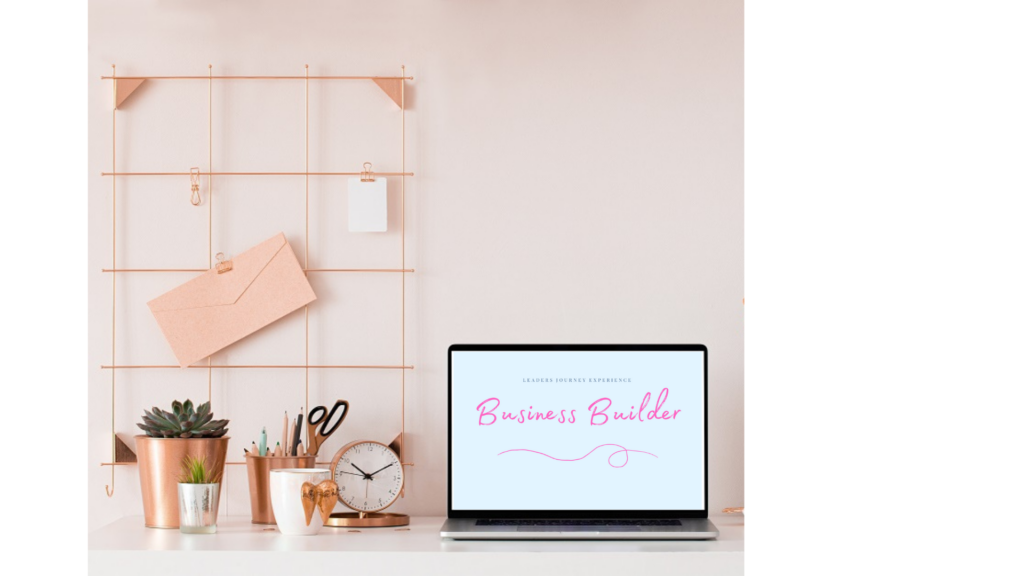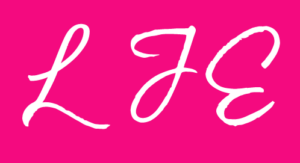HOW MUCH SHOULD I CHARGE - SETTING FEES FOR MY SERVICE BUSINESS

By VICKY BROWN
When I started Idomeneo, I really struggled with how much to charge for our HR services. Pricing for a service based business is massively different than pricing for a product based business, because the thing I was actually selling was – well, my brainpower – my knowledge. And later my team’s knowledge.
Sure, there are other things that support that – like the processes we put in place, and the technology we couldn’t live without – but at the base of it, the thing we offer is our experience and know-how.
There are basically 3 components you should consider when you are setting the fees for your services:
- how much it will cost you to deliver the service
- what the marketplace is charging – and
- what is your client’s perceived value of what you offer
This is a huge topic, and we can’t cover everything in one sitting – so today, I’m going to focus on how you can figure out what it costs you to deliver your service to your client.
An excellent place to start, is to figure out how much your time is worth. And while I know, it would be great to just slap on an amount (like $2,000 an hour – after all, you’re exceptional!), it’s actually a better strategy to use data.
First up – how much would an expert at your level be paid in a corporate setting to do what you’re doing? So, if you’re a Graphic Designer, what’s the salary for a Graphic Designer.
Now, if you’re struggling to come up with this number, take a look at job boards like Indeed, or online salary sites like salary.com.
Then you have to account for the overhead costs like benefits, taxes, rent, office supplies – after all, your client isn’t buying those things, you are. So, to cover all that – add another 30% to the base salary. Once you have all that figured in, divide that annual amount by 2080 (because there are 2,080 working hours in year).
Now you have an hourly amount. So, if the salary for our Graphic Designer is $80,000, then adding in another 30% would get us at roughly $40 an hour.
I’ll take a time out here and just say it – if you are thinking you’re going to charge by the hour – in other words the time for money model – think long and hard about it first.
Why? Well, because you only have so much time available. So that means, you have automatically put a limit on your earning power. Sure, you can expand that limit by doing things like using a one to many delivery method – but your time will still be a limited resource. And trust me, we never have as much time available as we think we do. If you are anything like me, you think of yourself as an endless resource – but the fact is, we just aren’t. And if we don’t recognize that fact, burnout is lurking just around the corner waiting to remind us.
“…if you are thinking you’re going to charge by the hour – in other words the time for money model – think long and hard about it first … you automatically put a limit on your earning power…“
OK – now you need to know how long it will take you to produce the end product. So, if our Graphic Designer is creating an ad campaign, how long will it take her to complete that type of project. Let’s say 3 days – so that puts the cost of labor at just under $1,000.
That doesn’t mean you’re going to charge $1,000 – that’s just the raw labor cost to you of getting the work done; and all sorts of things can move that needle. It might take longer to complete the project, there may be revisions, you may need to bring in others to help with the project. By the way – if you do bring on others, you’ll have to add their labor costs into the mix as well.
Remember – we are only using the labor cost in this example to help us figure out how much it will cost us to deliver the product.
So, what’s missing? Well, your profit – that’s what’s missing!
Now, profit margins vary by industry and company maturity – but a good profit margin for a service business is around 15% – 20%. So, for our exercise, let’s use 20%. That means your target fee for creating a standard ad campaign would be no less than $1,200.
Remember, when you’re considering a flat fee, you have set up processes so that you can be as efficient as possible and hopefully spend less time in creating the product – that increases your profit margin. Also, you have to put guardrails around the project. Maybe have a base price for a standard campaign, but a higher fee for a more complex project.

Don’t waste another minute trying to figure out how to get your business going and what should come next.
Grab your Free 3-Step Leader’s Journey Business Builder course, and get freedom and peace of mind, knowing you are on the right, proven track.
And finally, understand this is just one element in determining your service fee. Once you’ve locked down the raw wage cost, plus profit and come up with an amount – then you have to test it against the other 2 elements:
What is the marketplace charging, and what is the client’s perceived value of what you’re providing.
In my experience, you’ll usually find those elements pulling the fee up – because almost all service business leaders underestimate the cost of their services. Whether it’s in the amount of time it takes to deliver the project, or some other part of the exercise, we end up underpricing. So, looking at the marketplace, and what the real value is to the client is a great yardstick.
If you want a deeper dive on how to set pricing, check out the free Business Builder. We talk about how to figure out what the market is charging, and determining the client’s perceived value of your service.
